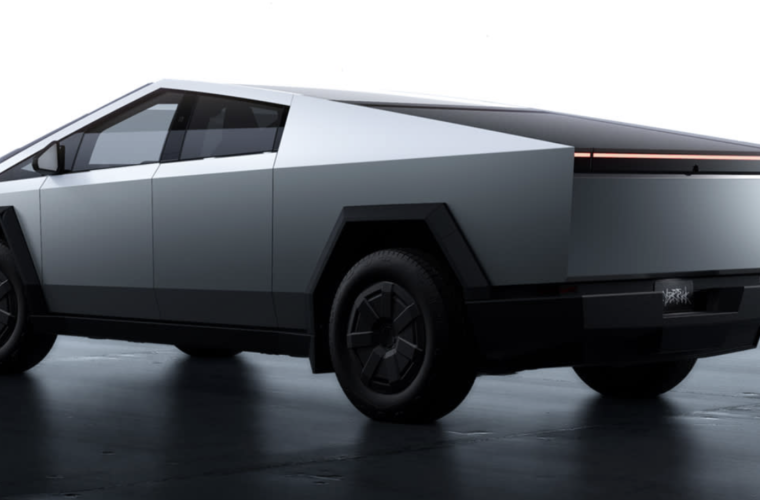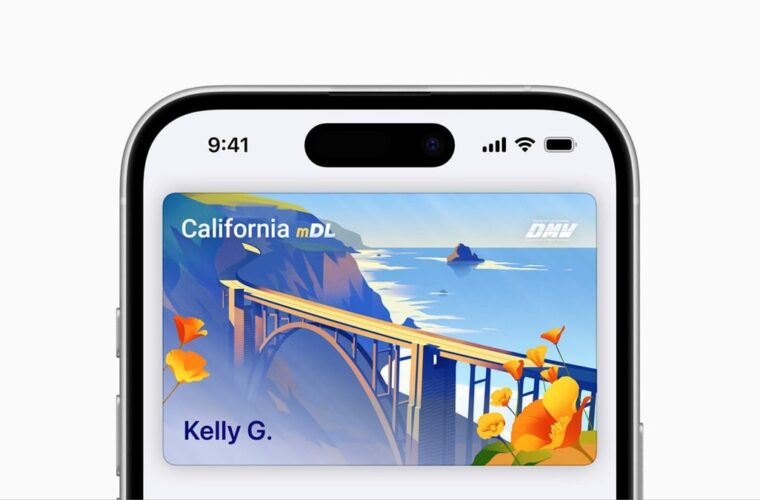Tesla says California agency implicitly approved of its ‘Autopilot’ brand
By Peter Henderson and Hyunjoo Jin
(Reuters) – Tesla Inc defended its use of “Autopilot” and “self-driving” for its driver assistance features, arguing in response to a California regulatory action that the agency had implicitly approved the terms when it did not take action in its previous investigations of them.
The electric car company run by billionaire Elon Musk was accused last year by California’s Department of Motor Vehicles of falsely advertising its Autopilot and Full Self-Driving features as providing autonomous vehicle control.
The DMV is seeking remedies that could include suspending Tesla’s license to sell vehicles in California, Tesla’s largest U.S. market, and requiring the company to make restitution to drivers.
Tesla in a Dec. 5 filing with the state Office of Administrative Hearings, released by the state on Friday, said that the DMV had investigated its use of the Autopilot brand in 2014 and of that and other phrases in 2017.
“The DMV chose not to take any action against Tesla or otherwise communicate to Tesla that its advertising or use of these brand names was or might be problematic,” Tesla said.
The DMV also in 2016 decided not to prohibit the use of “self-driving” and similar language, when drawing up regulation about statements on autonomous technology, Tesla said. Legislation on the topic also removed a prohibition on the terms that was in an earlier DMV draft, Tesla said.
“Tesla relied upon Claimant’s (the DMV’s) implicit approval of these brand names,” the company said.
In the 2022 complaints, the DMV had said Tesla misled prospective customers with advertising that overstated how well its advanced driver assistance systems (ADAS) worked.

According to Tesla’s website, the technologies “require active driver supervision,” with a “fully attentive” driver whose hands are on the wheel, “and do not make the vehicle autonomous.”
The DMV has said Tesla’s disclaimer “contradicts the original untrue or misleading labels and claims, which is misleading, and does not cure the violation.”



